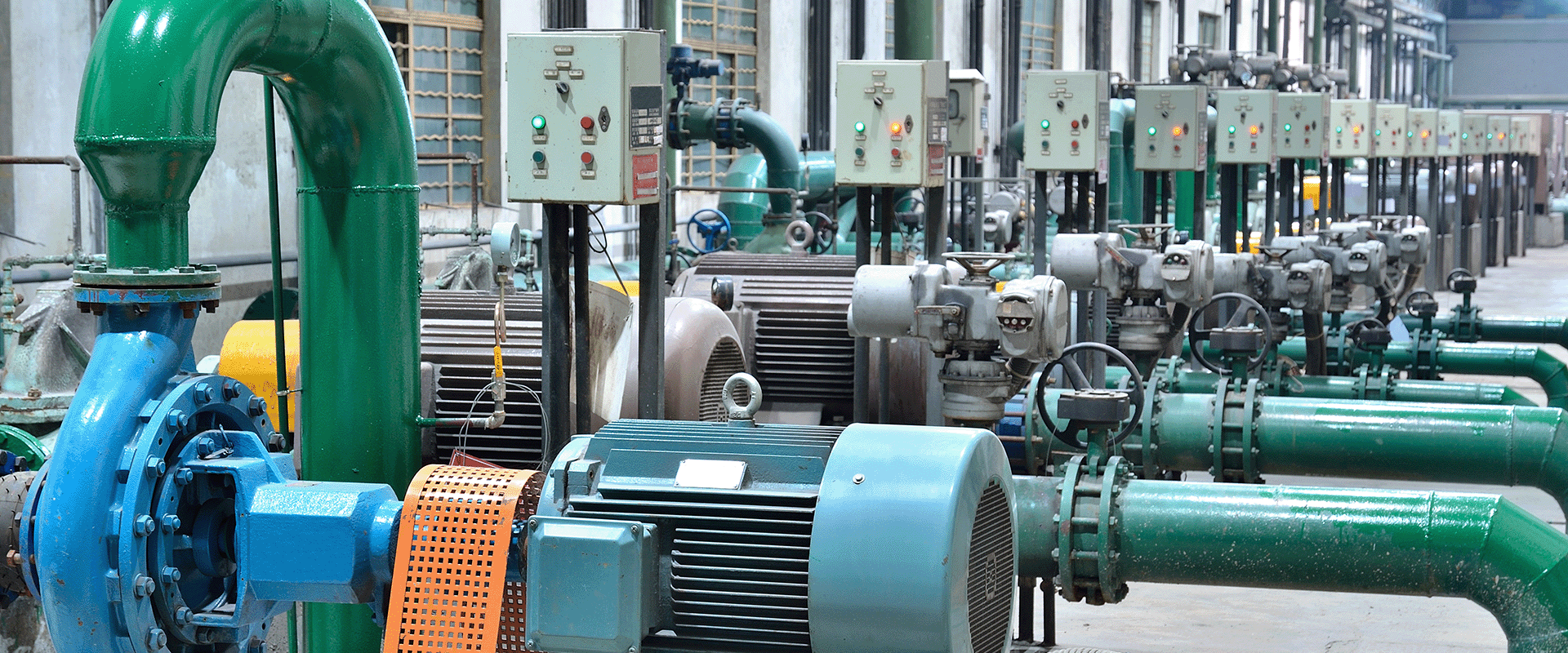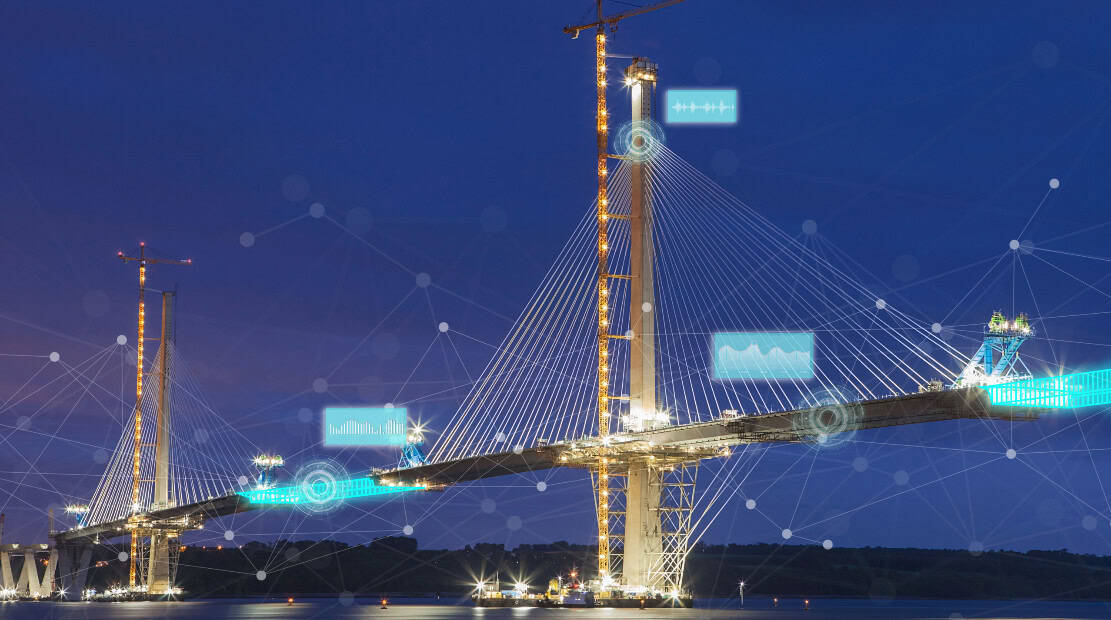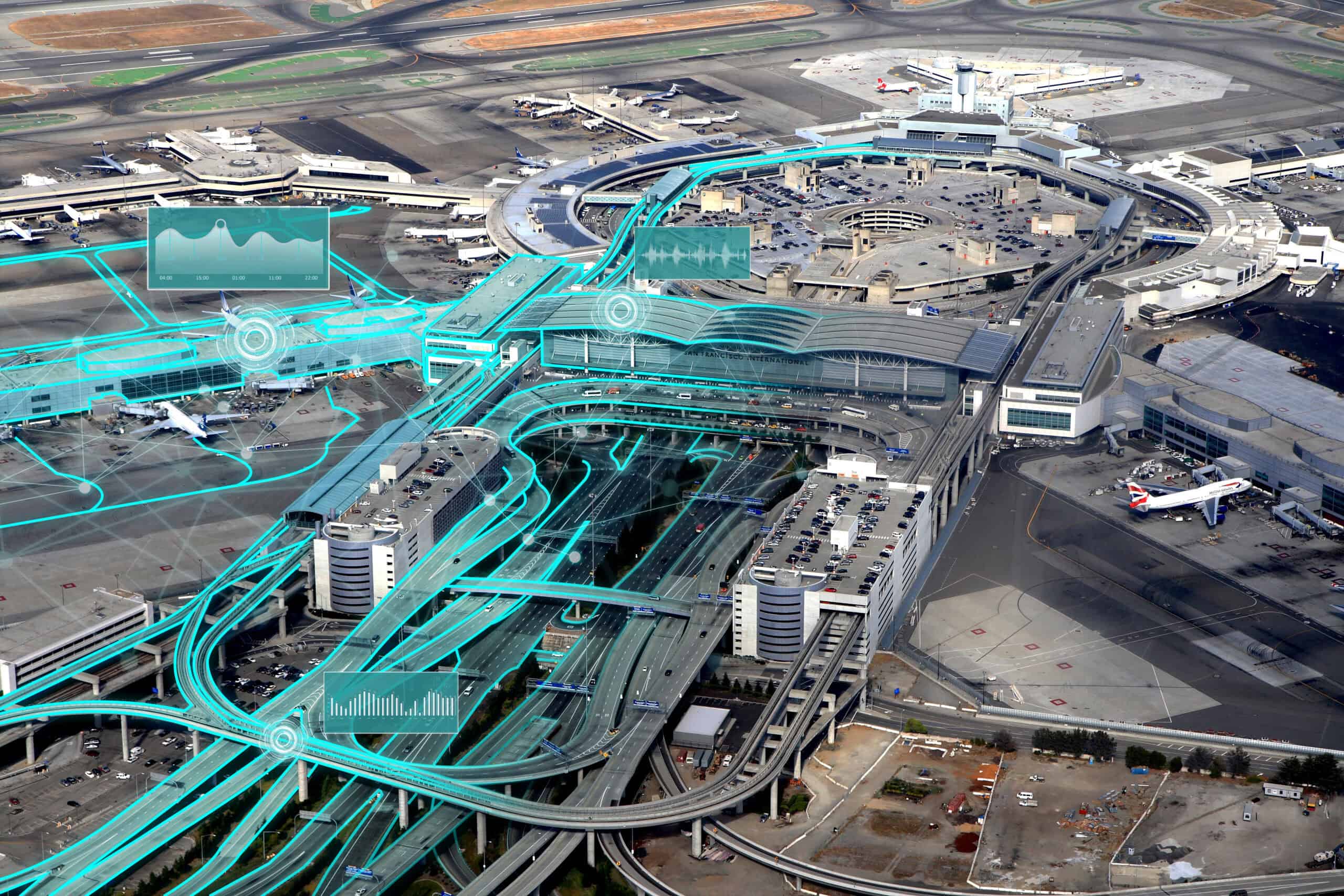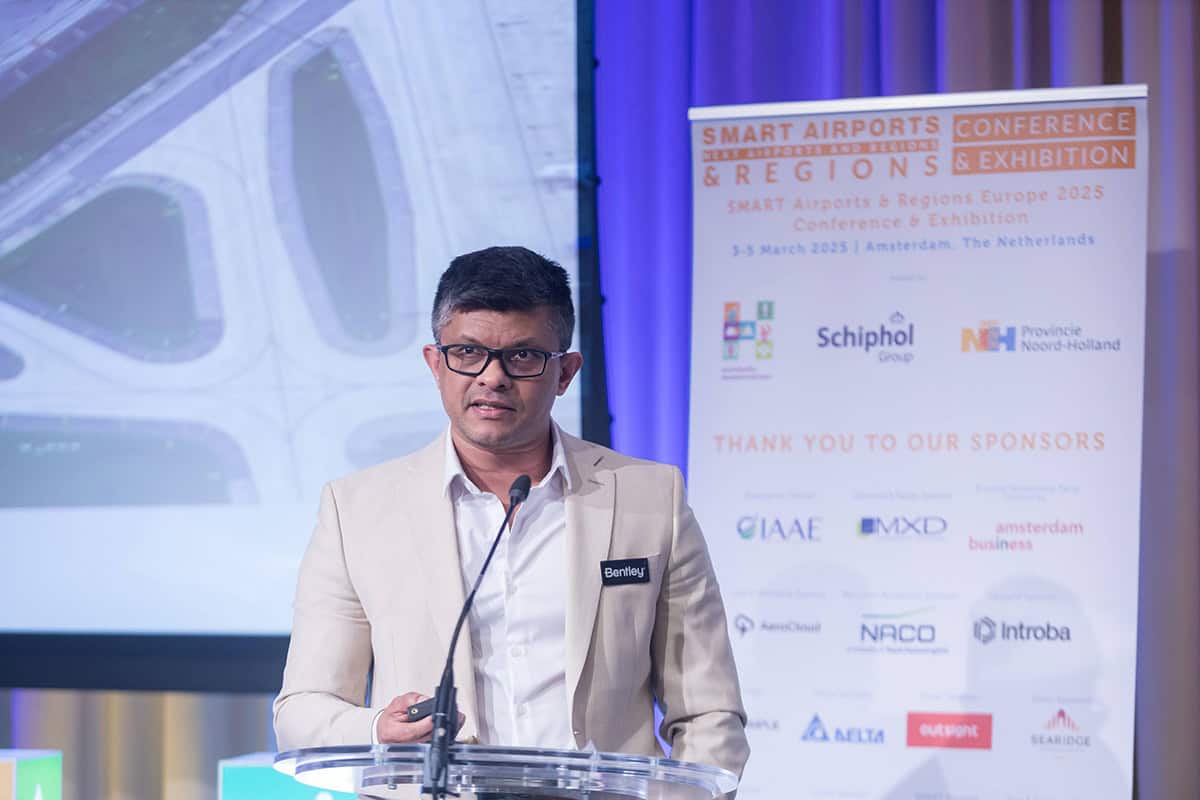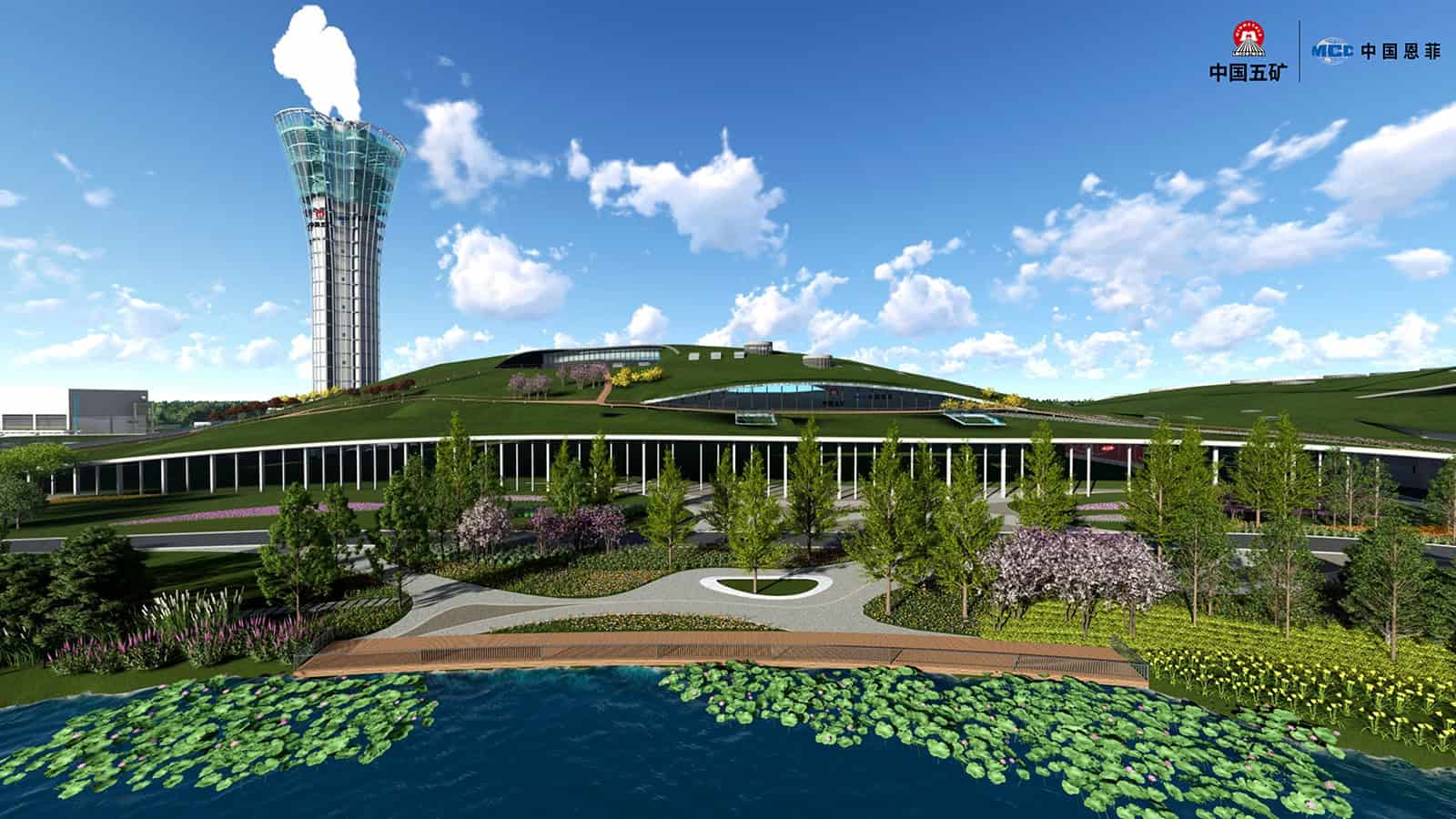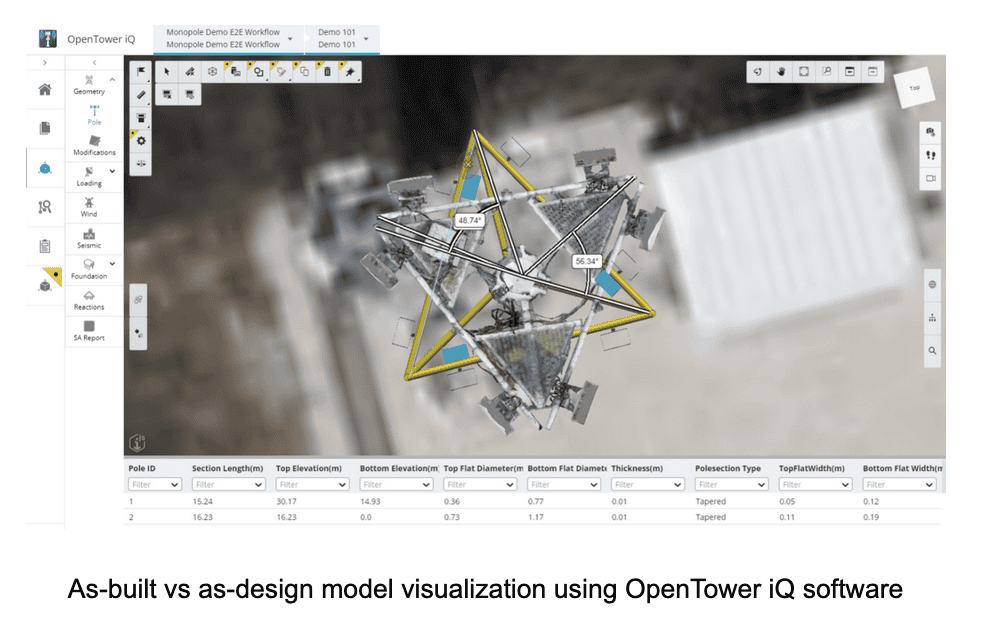From extraction and treatment to pumping and distribution, nearly every stage of the water cycle uses energy. In fact, energy costs can account for up to 40% of a water utility’s operating budget, with pumping alone comprising the lion’s share of consumption.
As extreme weather events strain water supply sources, infrastructure continues to age, and energy prices rise globally, utilities face growing pressure to manage resources and assets more intelligently. At the same time, governments and regulators are pushing for reductions in greenhouse gas emissions, with funding and public trust now tied to sustainability outcomes. As a result, water utilities are beginning to view energy not just as an operating expense, but a strategic priority.
The Case for Smarter Energy Use
Water utilities must deliver uninterrupted service, meet stringent environmental regulations, plan for population growth, and prepare for climate resilience. Energy optimization plays a key role in these goals.
Reducing energy use offers utilities a clear path to improving financial performance, operational efficiency, and environmental compliance. For example, lower electricity consumption directly reduces operational expenditures, freeing funds for reinvestment in other areas. Additionally, optimized pump operations cut energy expenses and extend the lifespan of infrastructure by lowering mechanical stress. This strategy leads to fewer equipment failures and reduced long-term maintenance costs.
From a regulatory standpoint, improved energy efficiency supports emissions and sustainability targets. As environmental expectations rise, utilities that manage their energy use responsibly are better positioned to reach carbon reduction goals.
Additionally, more efficient systems tend to operate with greater stability. Efficiency enhances reliability, especially during periods of peak demand or unexpected pressure fluctuations.
However, lowering energy use in water systems is not as simple as replacing pumps or installing variable frequency drives. Water distribution networks are highly interconnected ecosystems, where actions in one zone can have an impact on others. Higher pressure to meet one area’s needs may cause a pipe burst elsewhere, while low pressure can risk contamination due to backflow or result in insufficient fireflow capacity.
Thus, optimizing energy use requires a holistic, data-driven understanding of system behavior and the ability for engineers tasked with designing and maintaining these systems to simulate outcomes before implementation.
Optimizing Network Performance
Bentley’s OpenFlows Water provides engineers with the ability to build detailed hydraulic models that reflect real-world network behavior. These models help them understand how water moves through the network, including insights into flow rates, conditions, and energy consumption. By analyzing pressure zones and demand patterns across the network, they can identify inefficiencies and make necessary adjustments accordingly.
The software also enables engineers to evaluate how the system will respond to different operating scenarios, such as adjusting pump schedules or modifying valve configurations. This evaluation includes modeling the effects of transient events, allowing teams to identify and test mitigation strategies in a virtual environment. OpenFlows Water also supports the development of pump strategies that are optimized for flow performance and energy use.
By testing network changes and making data-driven decisions, utilities can avoid unnecessary risk and reduce guesswork. The result is a more proactive and confident approach to system planning and design that supports operational efficiency and long-term resilience.
Smarter Operations with Digital Twins
Digital twins have emerged as an essential component of water utility management and energy efficiency plans. A digital twin serves as a virtual representation of a physical system, complete with real-time data integration and analytical capabilities. It mirrors the system’s current state and simulates how it might behave under different scenarios, offering unparallel visibility and insights into operations.
For water utilities, the value of digital solutions is significant. For example, digital twins enable utilities to test pump schedules, valve operations, and pressure zone changes without taking physical systems offline. Engineers can simulate transient events or system failures and plan effective interventions within a digital twin before real-world issues escalate. And they serve as a foundation for predictive maintenance, enabling teams to spot wear trends and proactively schedule repairs before costly breakdowns occur.
Finally, digital twins can assist with performance monitoring and compliance. With comprehensive and intuitive insight into the state of their water systems, utilities can track energy consumption, water loss, pressure stability, and carbon output. This critical data supports operations and long-term strategic planning, including capital improvement programs and regulatory reporting.
Below are some real-world examples of how water companies are using OpenFlows Water to create digital twins to improve efficiency and reduce energy consumption.
Smarter Pumping in Manila
Maynilad Water Services, one of the Philippines’ largest private water providers, delivers water to over 1.48 million people across 17 cities in Metro Manila’s West Zone. The scale of this network is vast, with 67 pump-fed service areas and over a million water service connections, Unsurprisingly, energy use, particularly for pumping, is a significant operational cost, with an annual energy spend exceeding USD 13.5 million.
Faced with rising costs, aging water infrastructure, and the need to ensure service reliability, Maynilad turned to digital optimization. They selected OpenFlows Water to create a digital twin for pump performance improvement. The team chose Victoria Homes Pumping Station and Reservoir, which serves approximately 8,400 customers across 11 district-metered areas, as the starting point.
Maynilad’s team followed a structured four-phase optimization process, consolidating data into a central database, screening areas for prioritization, performing detailed hydraulic modeling, and implementing data-driven pump monitoring. Using OpenFlows Water, they created a digital twin that helped engineers discover that one of the three pumps at the facility could not reliably meet demand without compromising pressure or flow performance. By reconfiguring the operation strategy to keep a second pump on standby, the team ensured both efficiency and reliability without additional capital expenditure.
This operational shift was both simple and effective. It reduced power consumption at the facility and ensured continued service reliability for residents. The improved control and visibility provided by the Bentley software allows Maynilad to replicate these insights across other parts of its network, creating a scalable roadmap for energy optimization.
Maynilad’s data-driven optimization strategy led to real savings and improved service delivery, including:
- 13% reduction in energy usage
- 1,770 kilowatt hours saved monthly, equating to USD 4,000 annually
- Water availability improved from 47% to 100% during normal operations
- Scalable digital model for use across 66 other pumping stations
- These benefits reflect the system-wide improvements utilities can realize through digitalization.
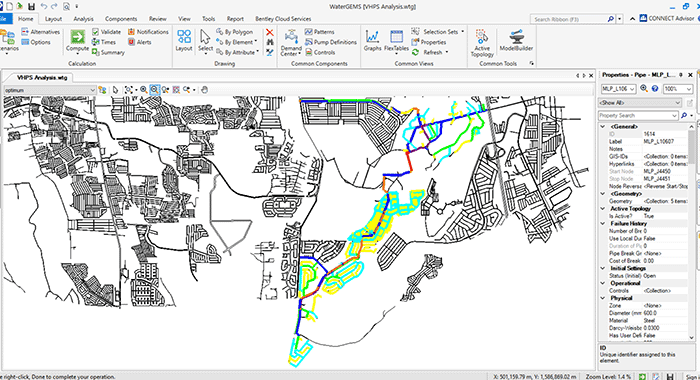
Optimizing Water Supply System in Bulgaria
In the northeastern region of Bulgaria, the Silistra agglomeration and the villages of Aydemir and Kalipetrovo faced critical water infrastructure challenges. Aging pipelines, inefficient pump operations, and the lack of surge protection were putting pressure on water supply operations and the environment. Engineerik, a multidiscipline engineering firm, was awarded a major infrastructure modernization project to resolve these issues. The project was funded by the European Union and the Bulgarian government, aimed to rebuild the water distribution system to improve efficiency and resilience.
To tackle this initiative, Engineerik selected Bentley’s OpenFlows Water to create hydraulic models, capturing data on pipe material characteristics, elevations, and usage patterns. The models formed the basis for optimizing pressure management, minimizing energy consumption, and improving system performance under varying operational conditions.
OpenFlows Water also enabled simulations of transient events, such as pressure surges, mitigating the risk of infrastructure damage. Creating a digital twin allowed Engineerik to assess future demand scenarios based on population growth and environmental factors. Their work produced measurable improvements in energy use and operations. Some key outcomes included:
- 40% reduction in water losses, equating to 300,000 cubic meters saved annually
- 15% reduction in energy use, saving 40,000 kilowatt hours per year
- 10% project costs savings compared to conventional design methods
- EUR 120,000 in additional annual revenue due to improved system performance and reliability
- 30% reduction in project duration and 50% fewer onsite visits through digital collaboration
These benefits demonstrate how utilities, and even smaller municipalities, can achieve significant performance gains through smarter infrastructure planning, resulting in a network design that can address not only today’s challenges, but tomorrow’s uncertainties as well.
As demonstrated in the Maynilad and Engineerik projects, digital twins are not just a design solution, they are operational assets that support agility, efficiency, and informed decision-making. For utilities seeking to build resilience while controlling energy costs, they are quickly becoming non-negotiable.
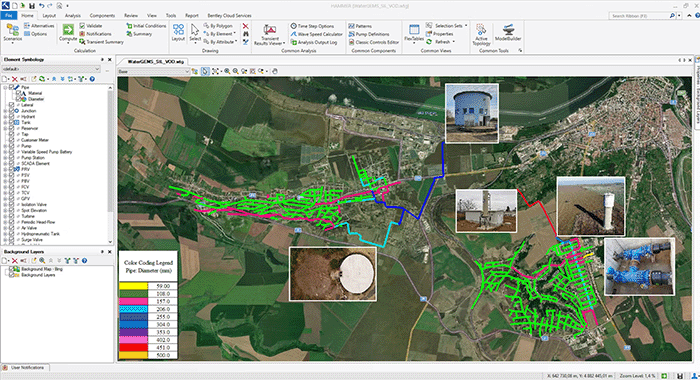
Energy-smart Water Utilities
For water utilities, energy efficiency is not just a way to cut costs; it is essential to the sector’s long-term sustainability. With climate challenges intensifying, regulatory demands tightening, and public expectations increasing, utilities need to ensure that every unit of energy consumed delivers maximum value.
Bentley’s comprehensive software provides scalable solutions that allow engineers to understand how their networks operate, where inefficiencies lie, and how changes will impact service delivery. Digital technologies, including hydraulic modeling, transient analysis, and digital twins, empower utilities to be proactive instead of reactive. They support sustainable infrastructure development by extending asset life, minimizing environmental impact, and improving operational reliability. Most importantly, digital solutions give engineering and operation professionals the insight and confidence to make decisions that balance efficiency, equity, and environmental responsibility.
As the sector continues to face new challenges, designing for efficiency means building water infrastructure that is adaptable, data-driven, and prepared for what comes next. Whether it is adjusting a pump schedule in Metro Manila or rebuilding a rural network in Bulgaria, the core principle is the same: optimize intelligently and act strategically.

